Blue and White Porcelain Plate with Maid Painting
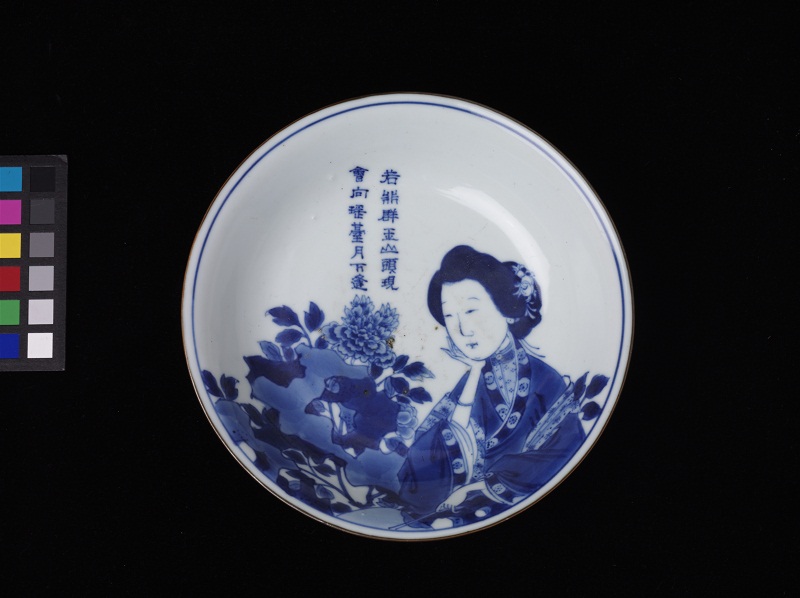
Blue and White Porcelain Plate with Maid Painting
Emperor Shunzhi reign, Qing Dynasty (1644—1661AD)
Height: 4.5cm; Diameter at Opening: 16.3cm; Diameter at bottom: 6.5cm
Blue-white porcelain was introduced during the Yuan Dynasty (1271-1368AD) and has been in production ever since thanks to its bright colors, simple yet elegant patterns, and smooth glaze that never fades. Drawing the design with a cobalt pigment onto the stoneware body and painting over it with a transparent glaze creates the blue-white style, also known as "underglazed blue".
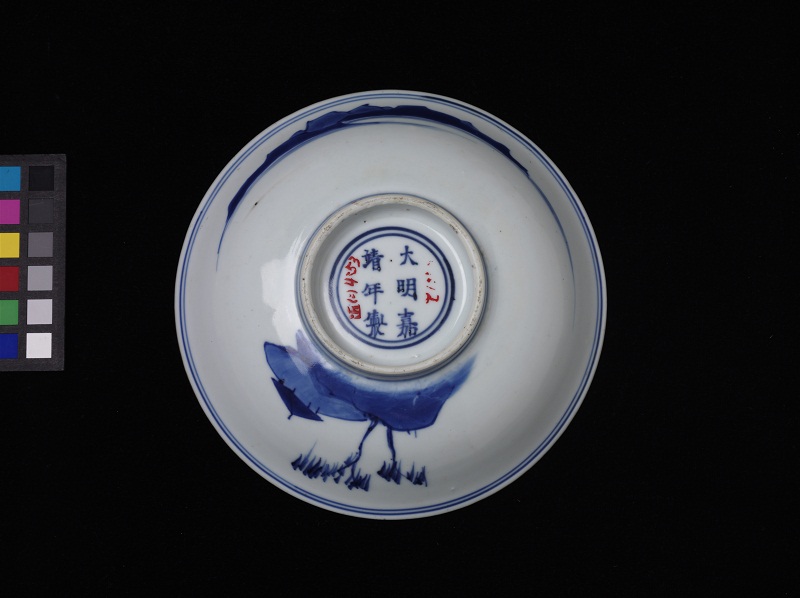
Blue and White Porcelain Plate with Maid Painting (back)
From the collection of Hunan Provincial Museum
It is a porcelain plate with a wide open mouth, cambered belly and ring foot, decorated with a maid sitting beside peonies and a Chinese poem. The maid, young and beautiful, wearing a jade bracelet on one hand and holding a fan in the other, is looking at the flowers which are in full bloom.

Written at the outer bottom of the bowl are six Chinese characters referring to the time that the bowl was made.
深入探索
About Blue and White Porcelain
Baking blue-white porcelain originated in the Northern Song Dynasty (960-1127AD). During the Yuan and Ming dynasties (1271-1644AD), blue-white porcelain became increasingly popular, and since the 14th century, manufacturers have shipped blue-white porcelain to world markets. The porcelain reached its peak in the Qing Dynasty (1644-1911AD). Its thin, translucent quality and exotic motifs made it very valuable throughout Europe and the colonies, ranking first among blue-white porcelain nationwide.
The Yuan Dynasty is a key period for the development of the firing techniques for blue-white porcelain in China. Its unique characteristics were based on the techniques of former dynasties. Blue-white porcelain had become a major porcelain product in China by the Ming (1368-1644AD) and Qing dynasties (1644-1911AD).
Blue-white porcelain is renowned as the "ever-lasting blue flower”, and is most famous among the four traditional types of porcelain produced in Jiangdezhen, who is the major producer of blue-white porcelain in the Yuan Dynasty. In addition, there were kilns for blue-white porcelain production in East China’s Zhejiang Province and Southwest China’s Yunnan Province. (Edited from Chinaculture).
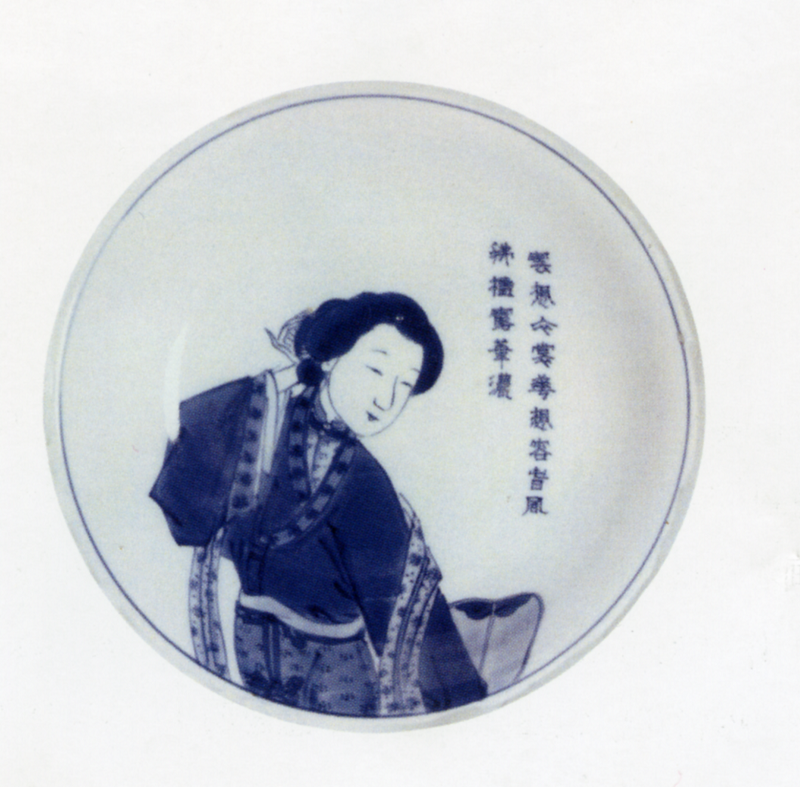
Blue and White Porcelain Plate with Maid Painting
From the collection of Meiyintang, Switzerland
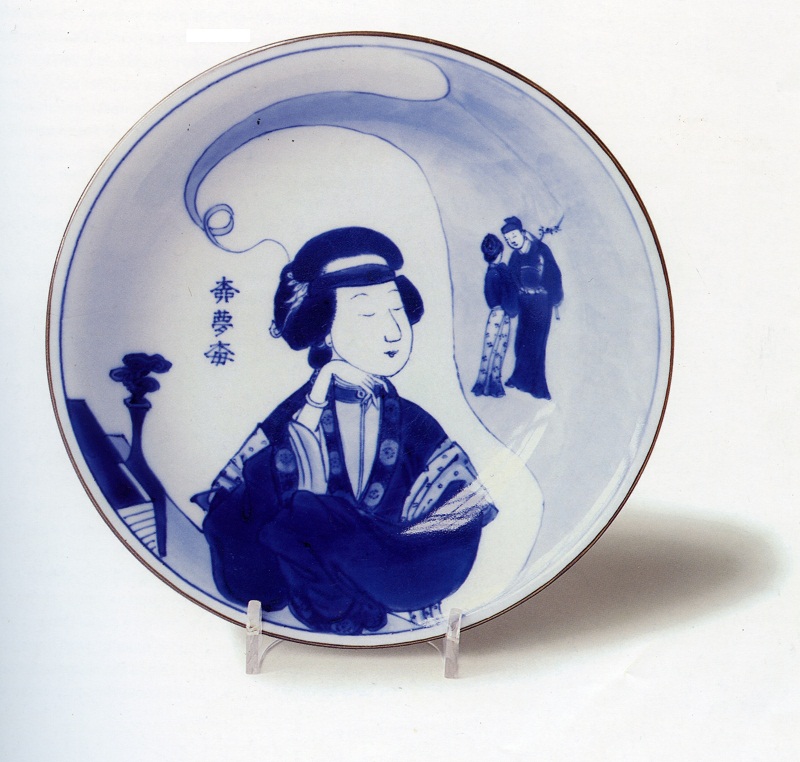
Blue and White Porcelain Plate with Maid Painting
From the collection of the Butler
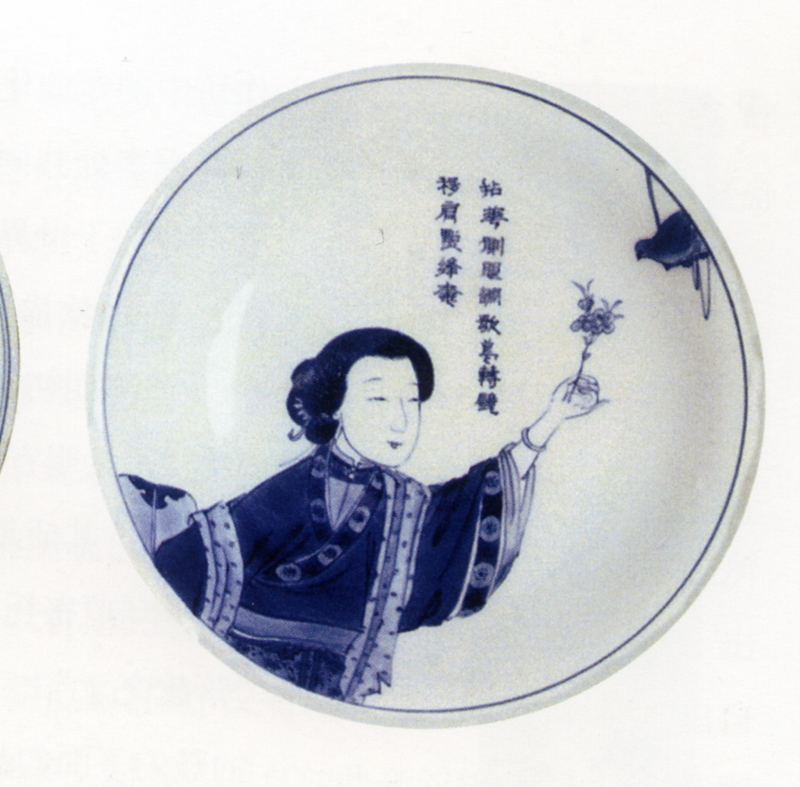
Blue and White Porcelain Plate with Maid Painting
From the collection of the Butler
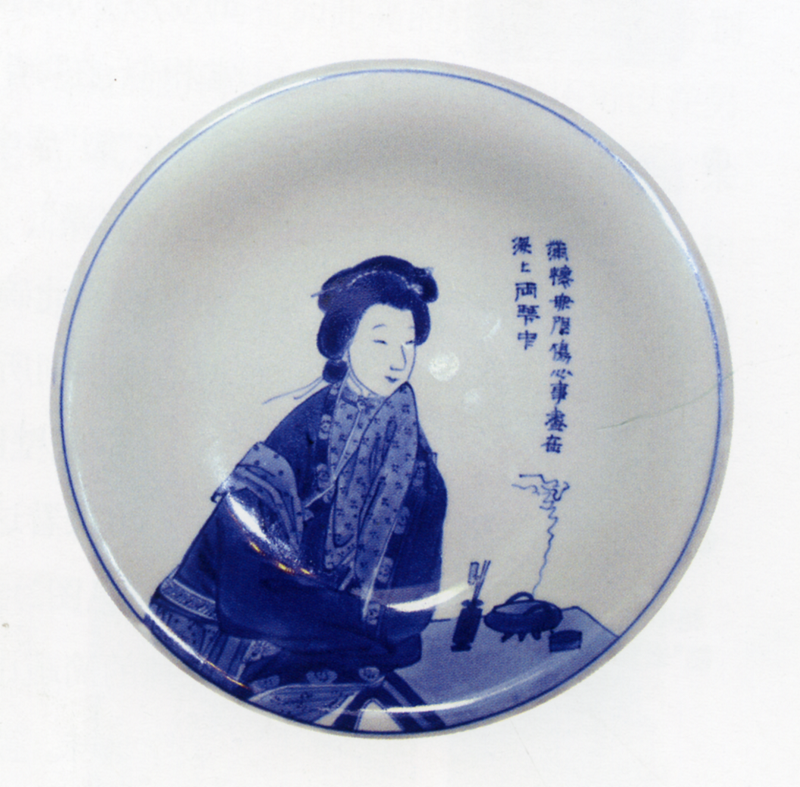
Blue and White Porcelain Plate with Maid Painting
From the collection of Meiyintang, Switzerland



